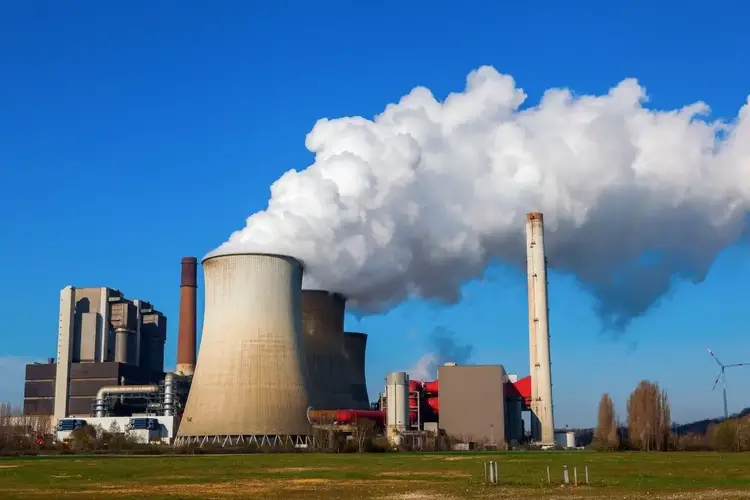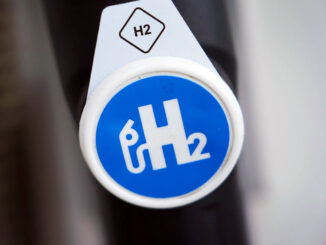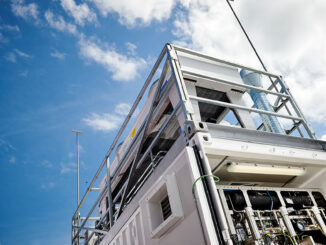
H2 made using methane pyrolysis has caused quite a bit of debate in the clean energy industry.
Turquoise hydrogen is starting to draw some attention after having flown under the radar for quite some time. The rapid interest in H2 following announcements of substantial government funding, particularly in the United States with the Inflation Reduction Act (IRA) has companies looking to a broader spectrum of strategies.
Companies are interested in H2 and the funding offered along with its development and production.
Turquoise hydrogen is frequently viewed as an H2 production method that sits somewhere on the color spectrum between blue H2 (made using natural gas with carbon capture and storage) and green H2 (made using electrolysis powered by renewable energy such as wind and solar). This combination of blue and green led to the turquoise designation.
It involves producing H2 using a process called methane pyrolysis. As is the case with blue and gray H2 (the latter of which uses natural gas with unabated carbon emissions), the main feedstock for turquoise hydrogen is also methane. However, instead of using fossil fuel combustion, as is the case with gray and blue H2, the methane pyrolysis process is driven by heat produced using electricity.
Still, like its blue and gray counterparts, methane pyrolysis also results in carbon along with the H2 it produces. However, unlike those other two methods, the carbon is a solid, instead of being gaseous CO2.
Because the carbon output of turquoise hydrogen is a solid, it can be used in other applications.
No carbon capture and storage (CCS) is required to stop carbon from being emitted into the atmosphere when using methane pyrolysis. Instead, the solid carbon output can be used for other applications such as in the manufacture of certain products such as tires, or as a soil improvement product.
The source of the electricity providing the heat for this process is a substantial determinant of the greenhouse gas emissions methane pyrolysis will produce. Should the electricity used be heavily polluting – such as in the case of methods using natural gas or other fossil fuels – then it can still be considered to be a carbon emission-producing H2 production method and not necessarily clean.
However, where renewable energy is used, some would designate the process as zero carbon. Moreover, it might also be handed a carbon negative designation at times when biomethane is used as a feedstock instead of fossil methane from natural gas.
How turquoise hydrogen compares with current production methods
Though there remains some debate regarding the true benefits of turquoise hydrogen, particularly in instances where fossil methane/natural gas continues to be its feedstock, many argue that it is a substantial improvement over current conventional methods of H2 production.

Most – 95 percent – of global H2 production uses gray methods, which involve steam methane reforming (SMR) of fossil fuels and without carbon capture and storage. Typically, those fossil fuels consist of either natural gas or coal. The gray process is highly carbon-intensive and is estimated to contribute approximately 800 million tons of CO2 emissions per year (about the same as the UK produces in an average year).
Even if CCS techniques were to be implemented, turning the gray H2 blue, it would only cut emissions by 50 to 90 percent and would require substantial investment, material resources, and appropriate physical space.
Is anyone using methane pyrolysis?
Last Month, Goodyear announced that the tire tread in select Goodyear ElectricDrive GT tires would include Monolith carbon black. The tire company shared that it had developed a new tread formula for its ultra-high performance all-season line for vehicles using the 235/40R19 size. The compound uses carbon black from Monolith, which is the byproduct of methane pyrolysis in the production of turquoise hydrogen.
This partnership between Monolith and Goodyear not only helps to increase the use of carbon black – solid carbon – in tire manufacturing to bring the process closer to zero emissions, but it also provides a viable use for the byproduct of the production of turquoise hydrogen, making that production method more feasible as well.
Test Your Hydrogen Knowledge

Dive into our “Test Your Hydrogen Knowledge” quiz, designed to challenge your understanding of this fascinating element and its uses in science and energy technology.
Source:



